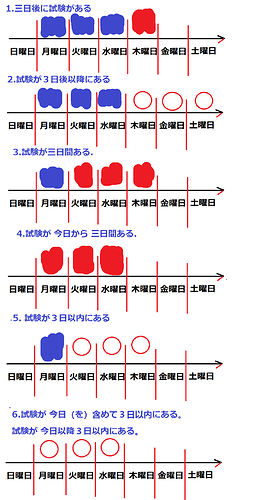後 has many readings, the ones we will focus on are のち、あと、ご。
First of all, if 後 is by itself and then one of particles で、が、を、に etc - you can read it whatever you want(remember that のち will sound very formal, and most likely odd if used in casual speech).
Then STANDARD and MOST COMMON あと construction, and the one you will use:
Verb[た] + 後(で) (usually written in hiragana as あと(で))、Phrase
Noun + の + 後(で) (usually written in hiragana あと(で))、Phrase
AあとでB, after A, B will happen/happened.
By the way, there is pretty commonly used set phrase 後の祭り(あとのまつり), meaning “too late; the jig is up”.
Next, のち which is a VERY FORMAL version of あと/ご, used in some set expressions like 後産(のちざんーafter birth), 後々(のちのちーdistant future, can be read as あとあと though), 後程(のちほどーafterwards, I will see you later. And when talking about weather like 雨のち晴れ(notice it is in hiragana), the clear weather after the rain(btw, it is the title of manga by Bikke).
Verb[た] + 後(に) will be read as のち in FORMAL situation, Phrase
Noun + の + 後(に will be read as のち in FORMAL situation, Phrase
A後に, after A, B will happen/happened.
So, when 後(ご) is used?
It is suffix in kanji compound words like 直後, 午後, 療養後,一時間後, 完成後, 帰国後 etc.


